Diving is a high-risk activity that requires precise timekeeping underwater. Diving watches serve as essential tools for divers, providing accurate information on dive duration, decompression limits, and safety stops. The technology behind these watches plays a crucial role in ensuring their performance under the pressure of deep-sea environments.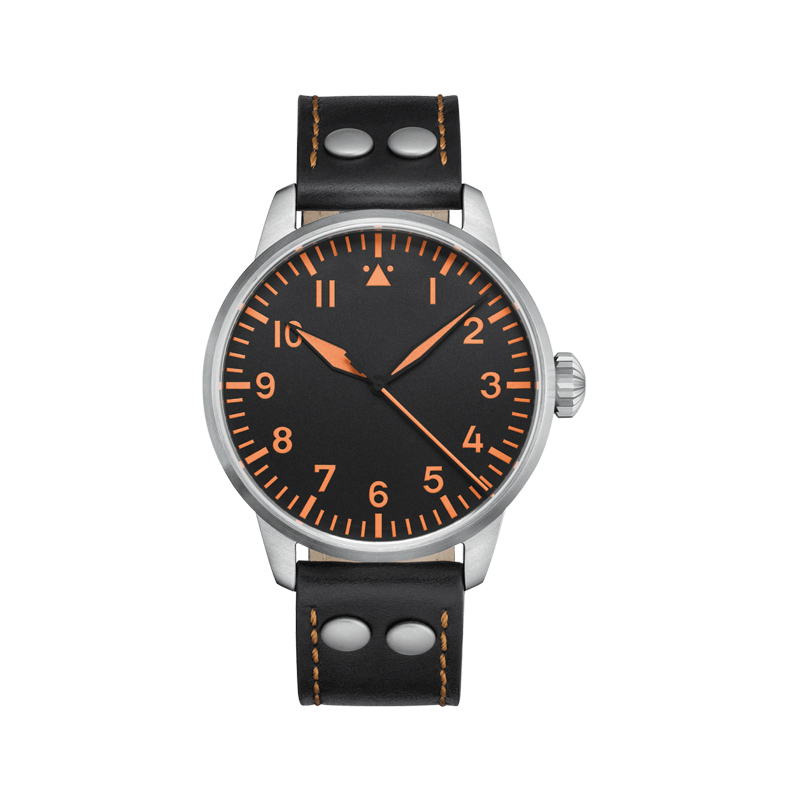
One of the key features of a diving watch is its water resistance. Divers often encounter pressures that exceed 200 meters, and a quality diving watch must be able to withstand these extreme conditions. Achieving water resistance in a watch involves a combination of design, materials, and engineering expertise.
A diving watch's water resistance is primarily determined by its sealing mechanisms. These mechanisms include gaskets, seals, and o-rings that prevent water from entering the case. High-quality diving watches employ advanced techniques such as screw-down crowns and casebacks, along with multiple layers of sealing elements, to ensure water resistance.
The materials used in the construction of diving watches are also crucial for their performance. Stainless steel is a popular choice due to its durability and corrosion resistance. However, advancements in technology have introduced materials like titanium and ceramic, which offer enhanced strength and lightweight properties.
In addition to the case, the watch crystal also plays an important role in a diving watch's performance. Sapphire crystals are preferred due to their scratch resistance and excellent clarity. They provide optimal visibility underwater, allowing divers to read the watch's information accurately.
Precision timekeeping is paramount for divers, and the movement of a diving watch influences its accuracy. The movement refers to the mechanism that powers the watch and maintains its timekeeping capabilities. Diving watches often utilize automatic movements, also known as self-winding movements, as they are reliable and do not require manual winding.
In terms of accuracy, diving watches are typically certified by independent organizations such as COSC (Contrôle Officiel Suisse des Chronomètres). These certifications ensure that the watch meets strict accuracy standards and functions effectively under pressure.
Diving watches often include additional features that enhance their functionality underwater. Some watches incorporate a rotating bezel with markings to track the elapsed time of a dive. This feature aids in monitoring decompression stops and preventing diving-related illnesses.
Furthermore, luminous markers and hands are crucial for ensuring readability in low-light or murky underwater conditions. These markers are typically coated with luminescent materials such as Super-LumiNova, which emit a strong glow in the dark for enhanced visibility.
In conclusion, the technology behind diving watches is a testament to the precision and engineering required to create timepieces that perform flawlessly under the immense pressure of the deep-sea environment. From water resistance to materials and accuracy, every aspect is carefully designed to ensure the reliability and functionality of these indispensable diving tools.
Tags: diving watch diving watch technology precision under pressure performance innovation
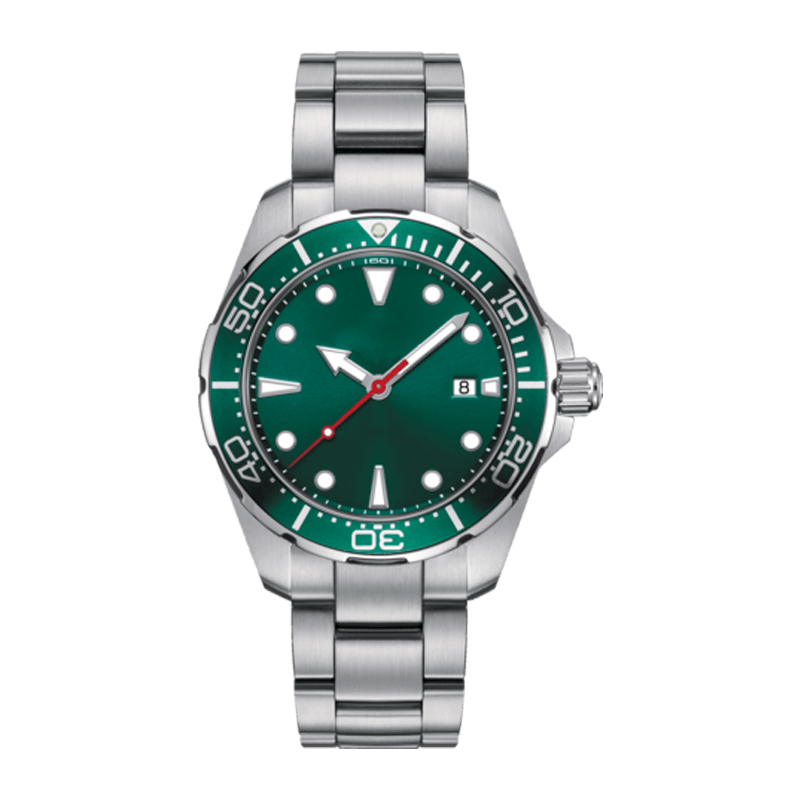 Tired of Leakage Issues? Can a Professio
Tired of Leakage Issues? Can a Professio
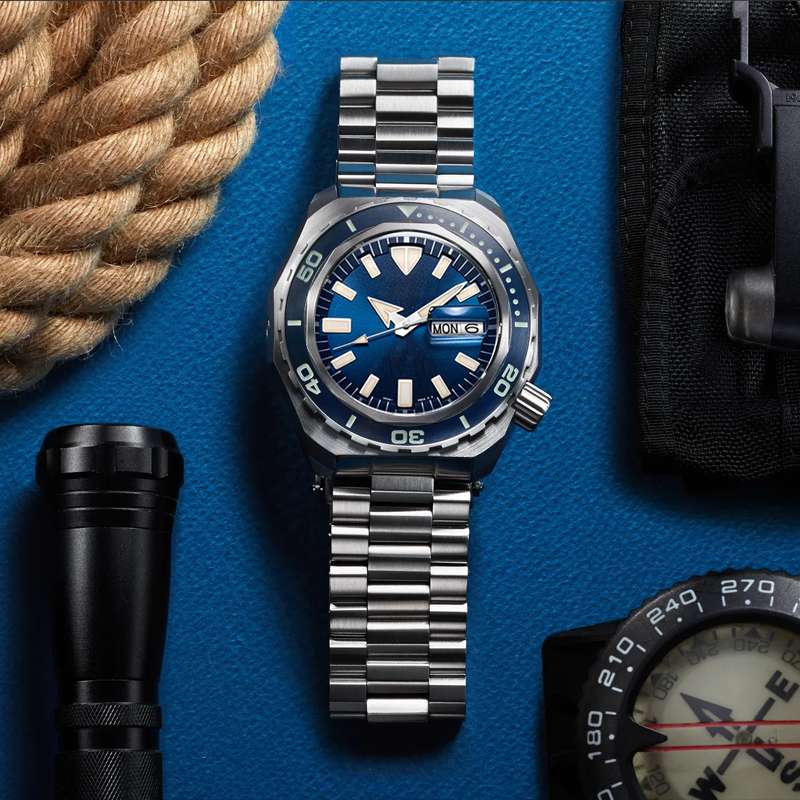 What Are the 5 Key Features to Inspect B
What Are the 5 Key Features to Inspect B
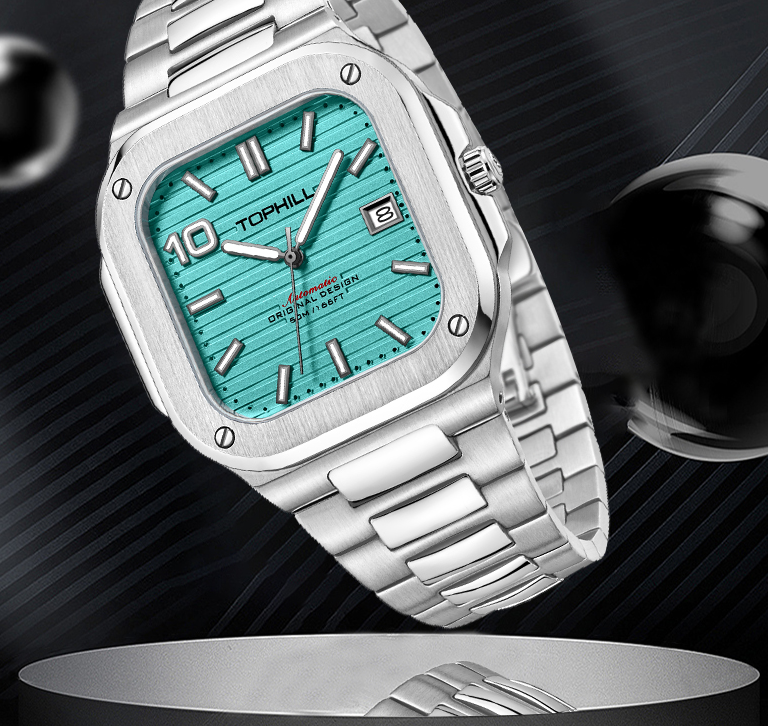 How to Clean Stainless Steel Bands: A De
How to Clean Stainless Steel Bands: A De
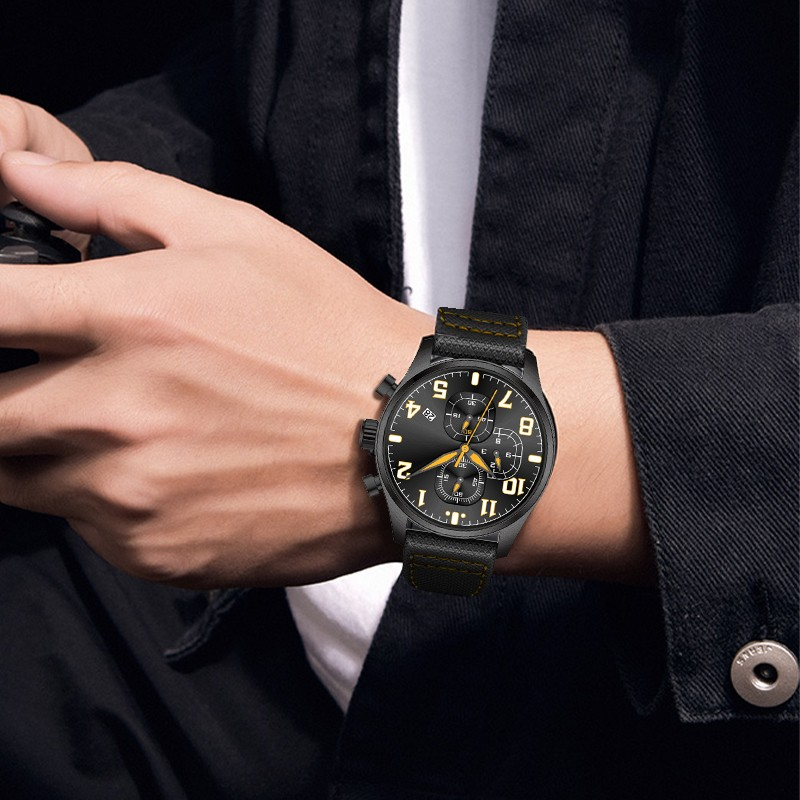 How Does a Seiko Stainless Steel Watch C
How Does a Seiko Stainless Steel Watch C
Super Time